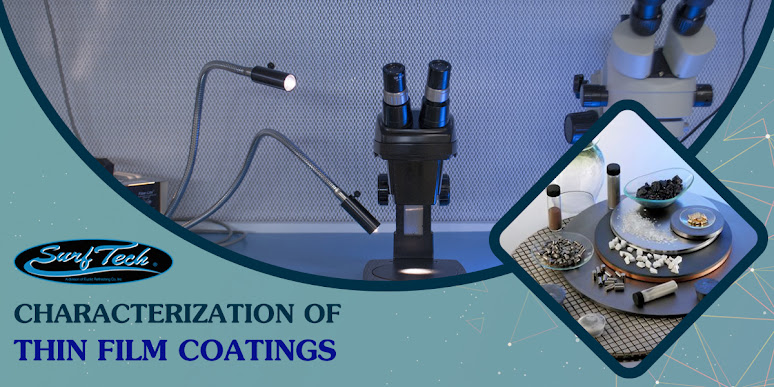What are the Uses of PVD (Physical Vapor Deposition) Coating?
PVD coatings are formed through a deposition process in which the reactive gases in a plasma react with the surface of the target. This produces a thin hard coating. This type of coating is widely used in a wide variety of applications. During a deposition cycle, a single or several layers of coating are applied to a target.
This process produces a layer of material that is three to five times harder than the substrate material. This hardness boosts abrasion resistance and enhances the performance of the coated part. The increased hardness also improves oxidation resistance. In addition, the coating can reduce the friction of working components, allowing them to feed at a higher rate.
PVD coatings are commonly used on a wide variety of products, including jewelry, appliances, and architectural structures. They are also commonly used in anti-fingerprint coatings, which is highly desirable in high-touch areas. Because PVD coatings are so resistant to abrasion, they can be applied to lower-cost base materials while still delivering superior aesthetic and abrasion-resistance.
Also read about, Top Benefits of Copper PVD Plating and Coating
PVD coatings can range in thickness from a few atoms to a few microns. The thickness of the coating is very important, and uniform deposition is essential. PVD coatings are applied to a wide variety of substrates, including metals, ceramics, and plastics.
PVD coatings are also used on forming tools and punches. The high-wear-resistance of these coatings increases the life of the forming tools. These coatings protect the cores, cavities, and inserts and increase their resistance to wear and abrasion.
The PVD process also produces a high-quality coating that’s suited for a wide variety of applications. The PVD process is also superior to CVD coatings in many applications. PVD coatings create a physical and metallurgical bond. In addition, the coating can be applied to many substrates and have a much lower processing temperature than CVD coating.
Optical and photonic devices are just a few of the products that benefit from PVD coatings. Aside from optical applications, the PVD technology is essential for semiconductors, magnetic devices, and opto electronic devices. For example, a PVD optical coating can reduce glare and enhance the transparency of glass.
This PVD coating services method produces thin films several nano metres or even microns thick. As a result, these coatings have very high adhesion to their substrates. Moreover, they are resistant to corrosion, rust, and other harsh conditions. However, there are some areas of a part that can’t be coated.
SurfTech INC is able to offer its customers the latest PVD coating technology, thin film coating, and ceramic coating facility in the United States. Our surface coatings can help improve performance and tool life, which also allows components to function in environments they otherwise may not be able to operate. For more information, please visit www.ercsurftech.com
Reference url, https://bit.ly/3MRuHob
%20coating.jpg)



Comments
Post a Comment